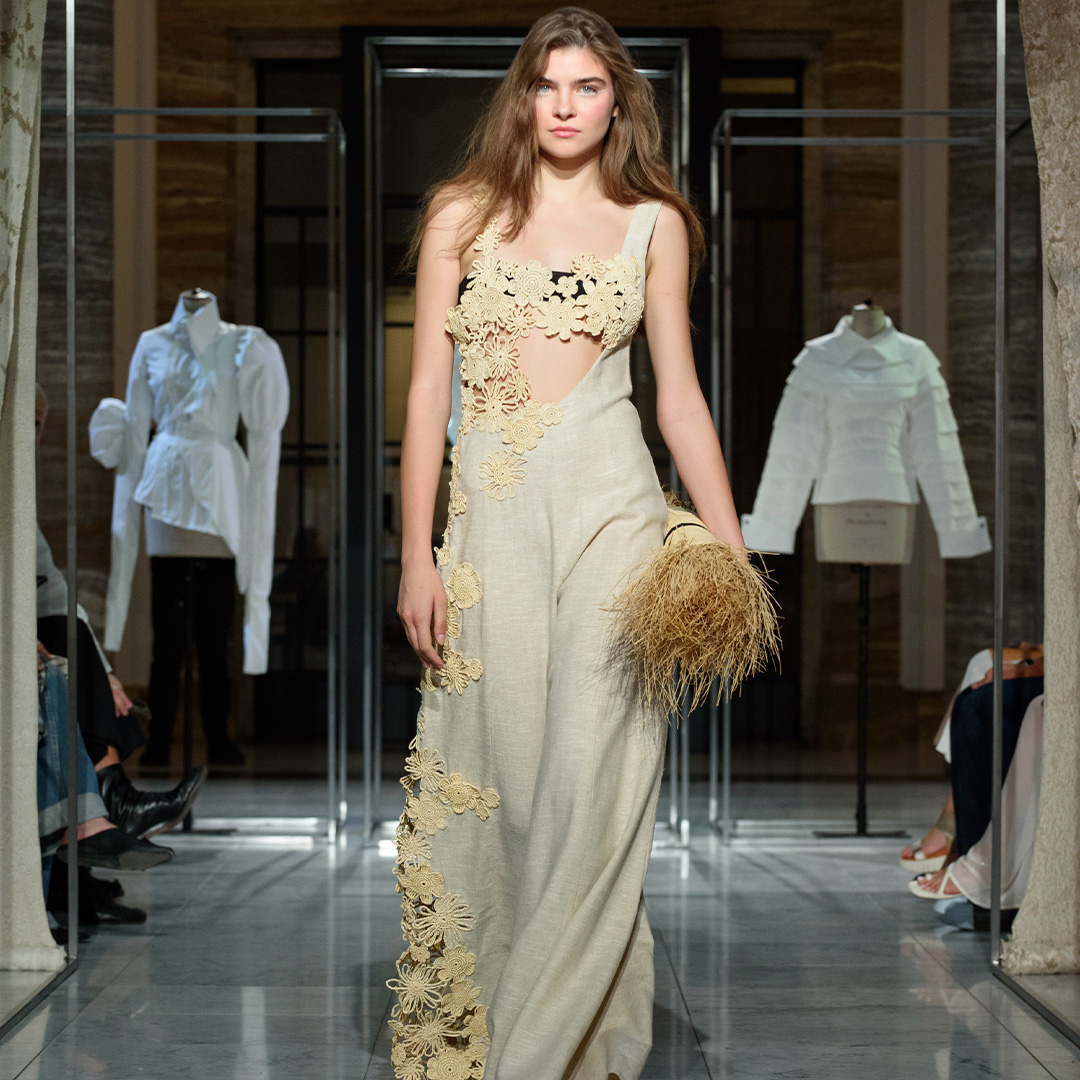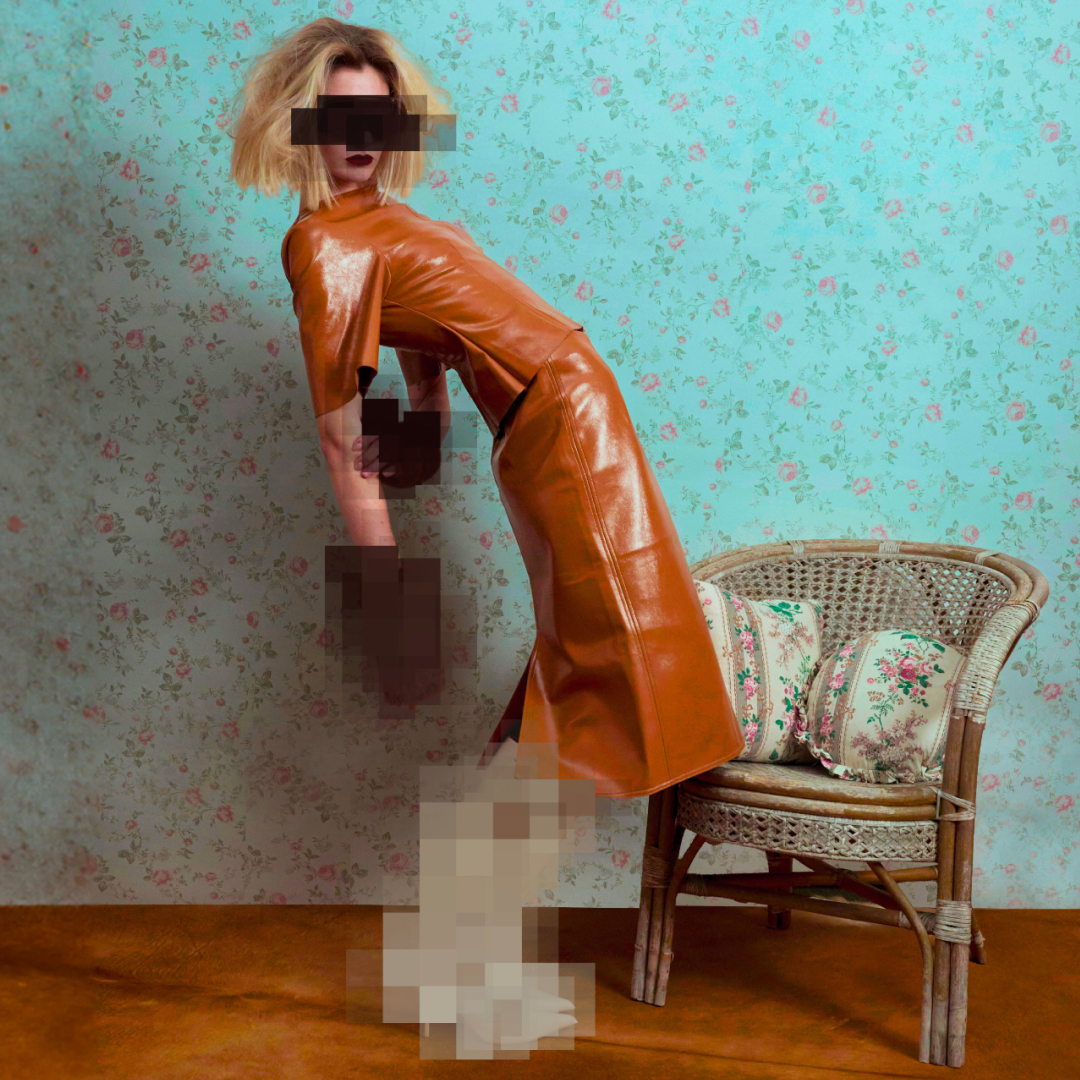Creative Digital Media Arts students from Istituto Marangoni Florence, together with MEET
Creative Digital Media Arts students from Istituto Marangoni Florence, together with MEET
"A Fable for Tomorrow" is the name of the project developed by students from the Master’s in Creative Digital Media at Istituto Marangoni Firenze, developed in collaboration with the MEET Digital Culture Center in Milan, and centered on the concept of sustainability and the future.
The artwork, presented in the museum's extraordinary Immersive Room, draws from the first chapter of the famous book "Silent Spring" (1962) by writer and biologist Rachel Carson, who became a landmark in environmentalism for raising awareness of how vulnerable nature is and subject to human intervention. A Fable for Tomorrow, the first chapter of the book as well as the title of the exhibition as proposed by the student Amane Aoyam, tells the story of a spring that has become silent due to the absence of songbirds caused by human destruction. It serves as a warning for readers to imagine a future without nature.
"There was a strange stillness. The birds, for example-where had they gone? Many people spoke of them, puzzled and disturbed. The feeding stations in the backyards were deserted. The few birds seen anywhere were moribund; they trembled violently and could not fly. It was a spring without voices." Rachel Carson
In his piece entitled "Un Giorno di Pioggia" (A Rainy Day), Alessandro Corradini explores the concept of sustainability by portraying the water cycle through a series of contrasting images. These visuals showcase the purity and splendour of nature, as well as the disruptive impact of human intervention and artificial substances. This contrast emphasises the conflict between the harmony of the natural world and the damaging actions of humans. The video culminates in a symbolic representation of a polluted future, signifying the repercussions of our careless actions towards the environment.
Giuditta Magnini presented "The Other Woman", an installation divided into two chapters that examines the evolving relationship between humans, nature and technology. This work describes a society that is plagued by pollution from toxic devices, shifting the focus from the environment to technology. The installation depicts a dystopian future where machines possess more emotions than humans.
Iva Nešić created the video-work "Rujna", filmed in the Skadar Lake National Park in Montenegro. The park is known for its biodiversity and natural and cultural heritage, but human interference has caused sustainability problems to the lake’s natural flow, causing damage to its biodiversity, water quality, and cultural heritage protection. The video starts with an initial idyllic view of the natural beauty of Skadar Lake, followed by the melody of a folk song called "Još ne sviće rujna zora" (The bright dawn has not come yet), and concludes with a sunset that swallows up the previous illusion, representing the distorted reality of the future.
The three video installations, created by students from Istituto Marangoni Firenze, reflect a somber attitude toward the current state of nature, which seems to be declining at an unstoppable rate. The students explore the feeling of helplessness that comes with being spectators of this situation and ask crucial questions about our real contribution to sustainability and empathy toward nature. The works use AI software, 3D modelling and images from the DJI Mavic 3 drone, prompting the viewer to reflect on their own role and the future of the world.
The works were presented during an exclusive evening that also featured a live performance by artist Kety Fusco, a talent in electronic music who uses the harp as an instrument to explore unique and interesting sounds that complemented the works of the three artists.


